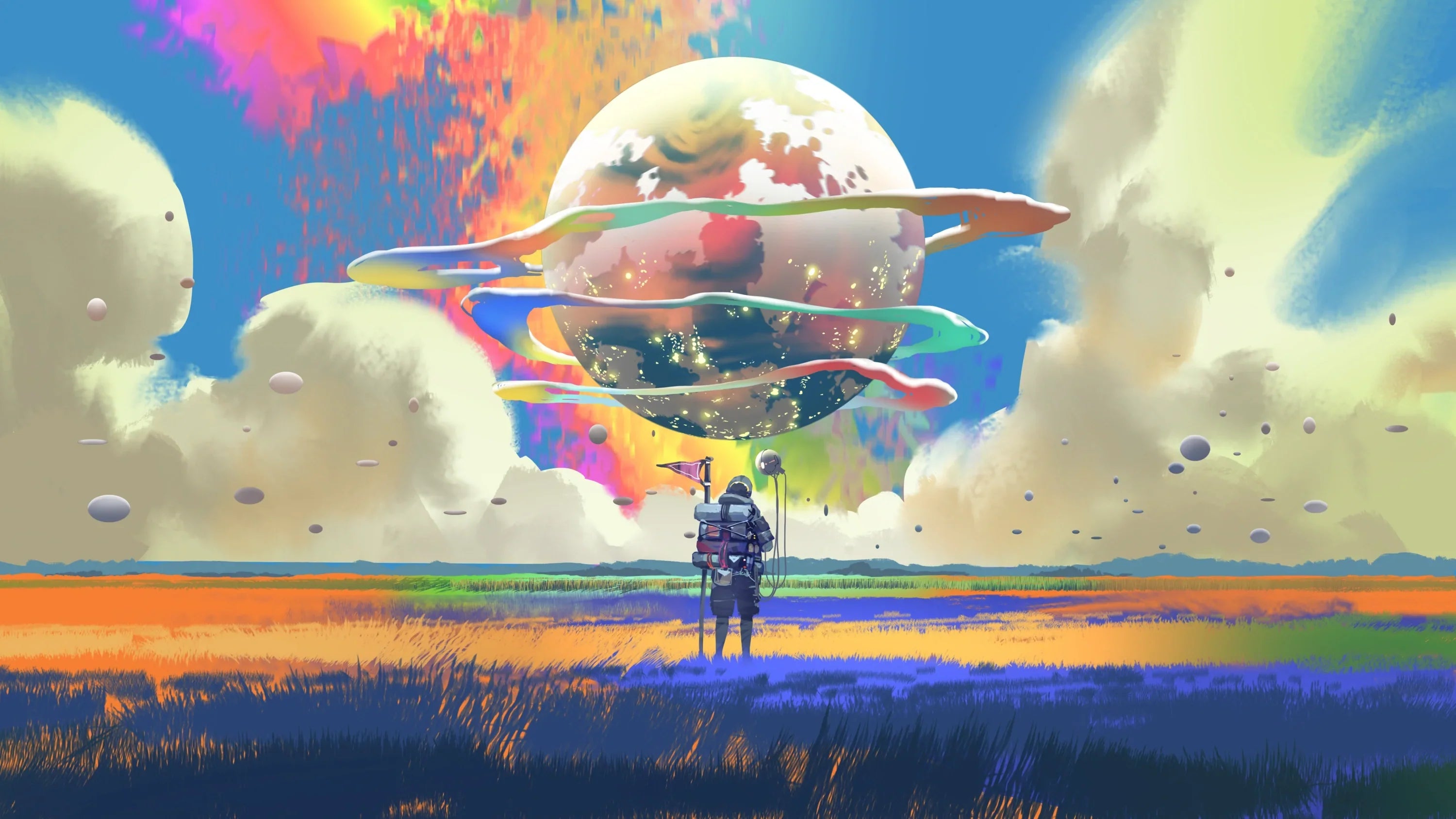Tabletop role-playing games have always thrived on storytelling, creativity, and immersion. Miniatures, maps, and intricate terrain can bring a game to life, but there’s a certain kind of magic that happens when all of that fades away and you’re left with nothing but words, dice, and the vivid landscapes painted in your mind. This is the realm of Theatre of the Mind, where imagination does the heavy lifting and the worlds you explore exist entirely in the shared visions of everyone at the table.
In Theatre of the Mind play, every scene lives and breathes through description. The Game Master’s words set the stage — the damp echo of a torchlit tunnel, the glint of a dagger half-buried in frost, the tightening silence before an unseen door swings open. Without the guidance of physical props or visual markers, players lean in closer, asking questions, filling in the details, and shaping the moment together. It’s a form of play where your senses sharpen, not because of what you see, but because of what your mind conjures.
That openness invites limitless creativity. You’re not bound by the size of a battle map or the miniatures you own — a city can be as sprawling as you imagine it, a battlefield as chaotic as you dare to describe. Characters take on life in ways no painted figure can capture, each one shaped by voice, personality, and the details you choose to give them. All you need is your imagination and a handful of dice, and you can carry the game anywhere — around a table at home, in a quiet café, over a campfire, or across an online call with friends scattered miles apart.
For Game Masters, this style of play is a chance to truly flex their narrative muscles. They become not just the keeper of the world, but its voice, its heartbeat, and its mood. They respond in real time to the choices players make, adapting the story so it grows naturally from every decision, success, and failure. That flexibility keeps the game alive, allowing it to shift in unexpected directions and making every session feel unique.
Players, too, take on a more active role. Without visual cues to fall back on, they must stay alert, ask questions, and lean into their characters’ perspectives. They become co-authors in the story, adding details, building the world alongside the GM, and shaping the tone of the adventure. It’s a collaborative act of creation where everyone’s imagination is part of the tapestry.
The challenges are real — remembering who stands where, keeping track of details without a visual reference, maintaining a pace that keeps the story moving without rushing past the imagery. But those challenges are part of the reward. They keep everyone engaged, fully present in the world they’re building together.
In the end, Theatre of the Mind is proof of how far a story can go when it’s carried by words and trust. There are no limits but the ones you set for yourself, no boundaries but the edge of your imagination. And when the game ends and you step back into the real world, the memories you carry — the scenes, the battles, the faces of allies and enemies — will be as clear as if you had stood there yourself, because in your mind, you did.



Share:
Our Little Starter Shop
A New Quest